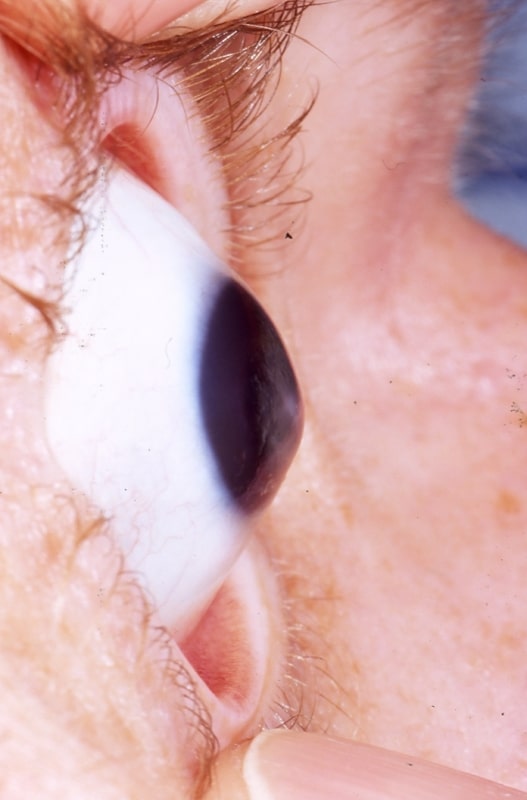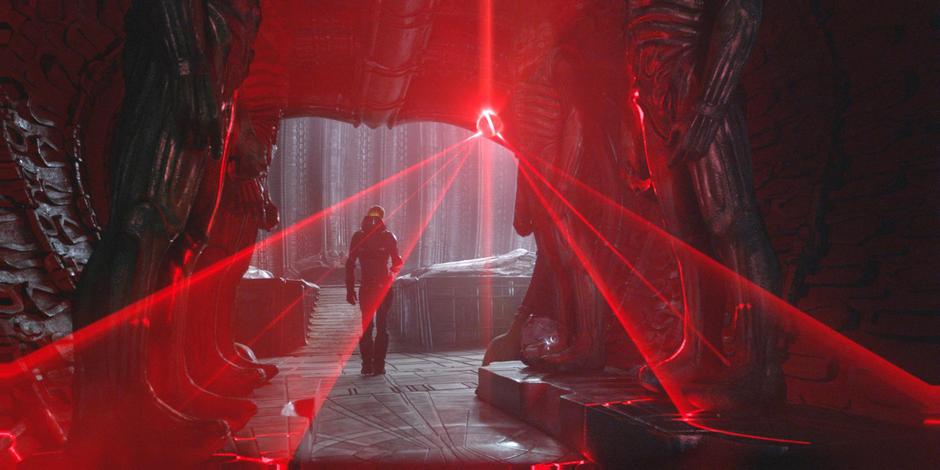
This is so freaking cool! Nikon, everyone’s favorite camera company (that is unless you’re a Canon), puts on this competition every year for Photomicrography, or images viewed through a microscope. Immediately that should tinge up some of those “holy schmoly I’m gonna see something neat!” hairs on your neck; mine are located right next to the “Terrible Smell from My Past” hairs, so I always get a little bit of extra freakout. From Nikon’s site about the contest:
Small World is regarded as the leading forum for showcasing the beauty and complexity of life as seen through the light microscope. The Photomicrography Competition is open to anyone with an interest in microscopy and photography (or videography). The video competition, entitled Small World, encompasses any movie or digital time-lapse photography taken through the microscope.
There are two contests – Small World for Photomicrography and Small World in Motion for Micrography for video subjects.
The Winner of the Small World for Photomicrography Contest:
Dr. Jennifer L. Peters & Dr. Michael R. Taylor
St. Jude Children’s Research Hospital
Memphis, Tennessee, USA
Subject Matter: The blood-brain barrier in a live zebrafish embryo
Dr. Jennifer Peters’ and Dr. Michael Taylor’s winning image of the blood-brain barrier in a live zebrafish embryo perfectly demonstrates the intersection of art and science that drives the Nikon Small World Competition.
The blood-brain barrier plays a critical role in neurological function and disease. Drs. Peters and Taylor, developed a transgenic zebrafish to visualize the development of this structure in a live specimen. By doing so, this model proves that not only can we image the blood-brain barrier, but we can also genetically and chemically dissect the signaling pathways that modulate the blood-brain barrier function and development.
To achieve this image, Peters and Taylor used a maximum intensity projection of a series of images acquired in the z plane. The images were first pseudo-colored with a rainbow palette based on depth so that the coloring scheme would be both visually appealing and provide spatial information. In doing so, Peters and Taylor captured an image that Peters says“not only captures the beauty of nature, but is also topical and biomedically relevant.”
Both Peters and Taylor have more than ten years of imaging experience. Peters is an imaging scientist in the St. Jude Children’s Research Hospital’s Light Microscopy Core Facility and Taylor is an Assistant Member in the Department of Chemical Biology and Therapeutics at St. Jude Children’s Research.
But not to be outdone, overdone, or underdone like not-quite-finished-baking chocolate chip cookies, which are still delicious – the winner of the Small World in Motion for Photomicrography 2012:
Dr. Olena Kamenyeva
National Institute of Health (NIH)
NIAID – Laboratory of Immunoregulation
Bethesda, Maryland, USA
Subject Matter: Recruitment of neutrophils to the site of laser damage in mouse inguinal lymph node
This video shows the immune response in the lymph node of a mouse, when activated by a laser. Specifically, it shows an efficient innate immune reaction in the lymph node, which typically has been studied for the development of adaptive immune response.
Now go out there and rule the world, ‘Lil Campers!




